China Caixin PMI Services dropped sharply from 54.9 to 46.7 in August, well below expectation of 52.6. PMI Composite dropped from 53.1 to 47.2, first contraction since April 2020. Caixin said business activity and new orders both fell amid uptick in COVID-19 cases. Companies reduced their staffing levels slightly. Input costs rose at slower pace, output charges declined.
Wang Zhe, Senior Economist at Caixin Insight Group said: “The Covid-19 resurgence has posed a severe challenge to the economic normalization that began in the second quarter of 2020. Both manufacturing and services shrank in August, with the latter hit harder than the former…
“Official economic indicators for July were worse than the market expected, indicating mounting downward pressure on economic growth. Authorities need to take a holistic view and balance the goals of containing Covid-19, stabilizing the job market, and maintaining stability in prices and supply.”




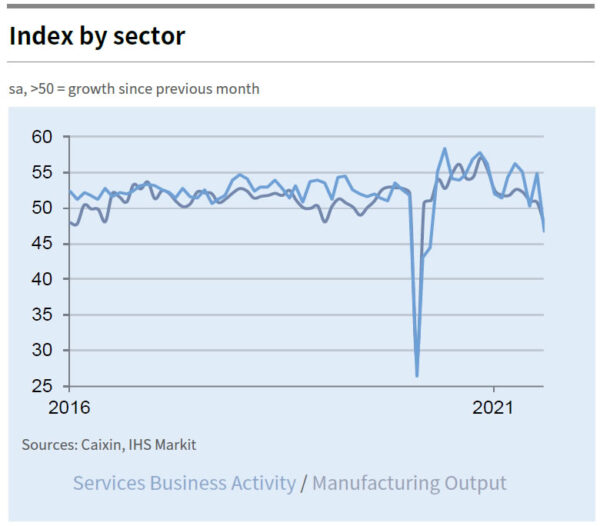

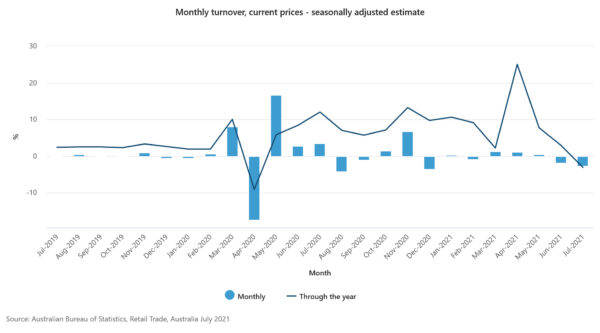
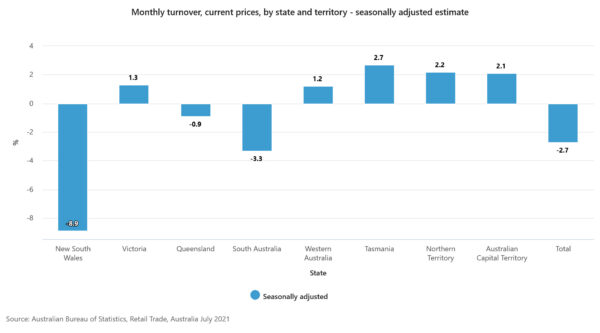

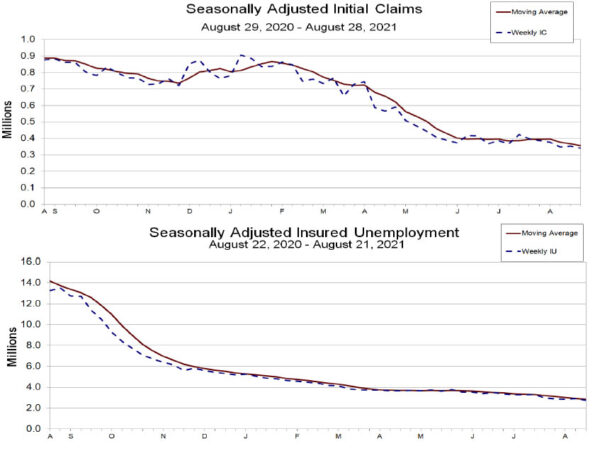
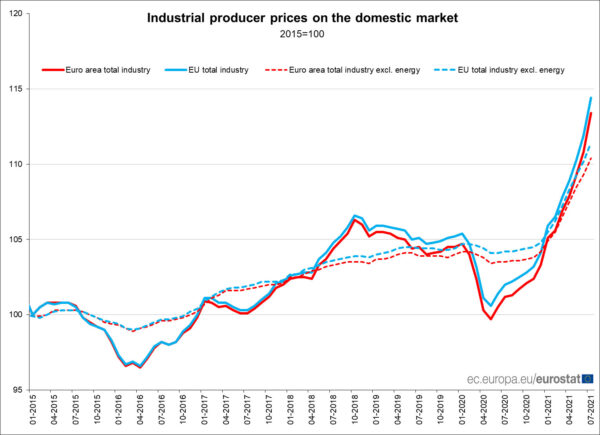
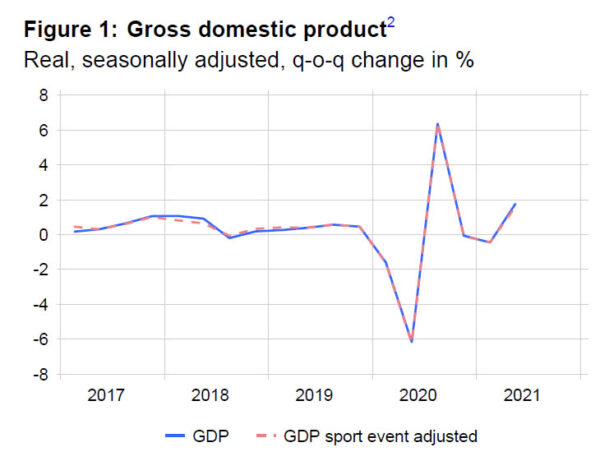
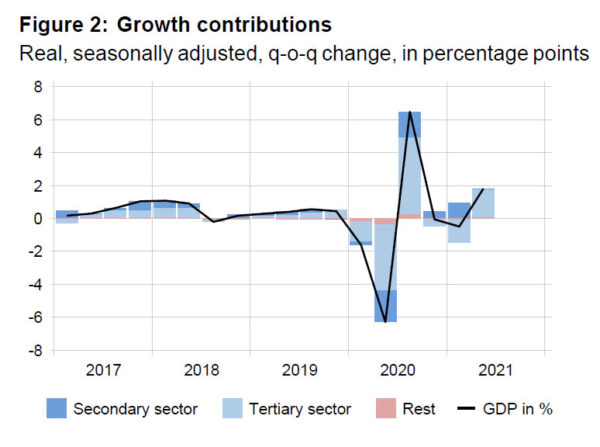
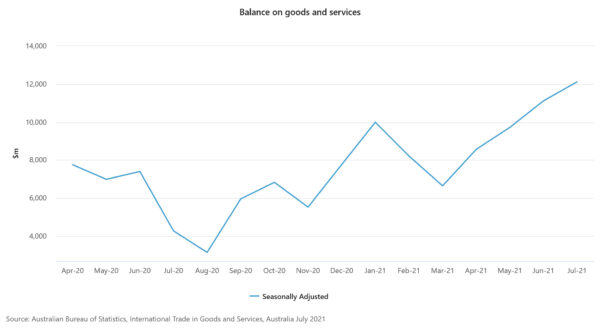
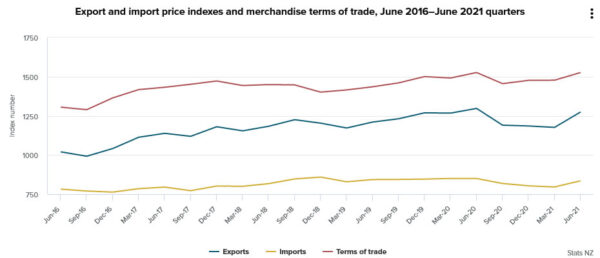

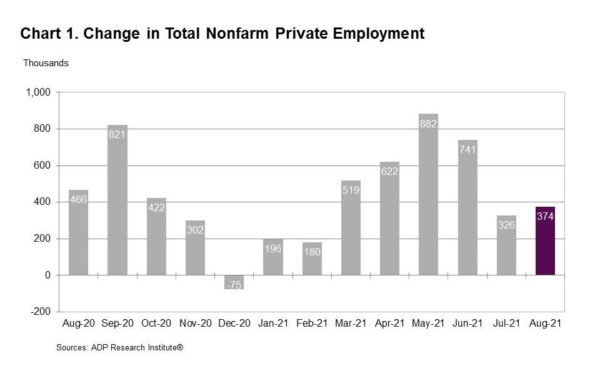
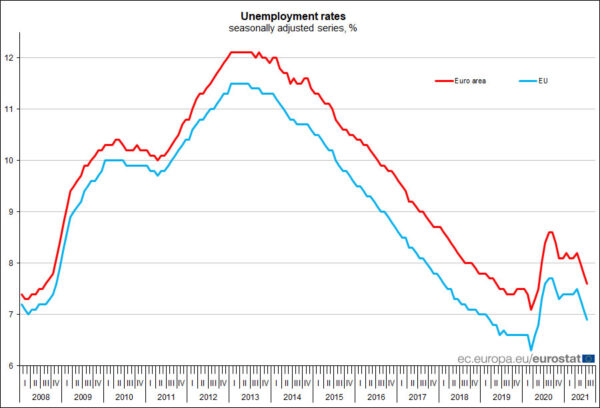
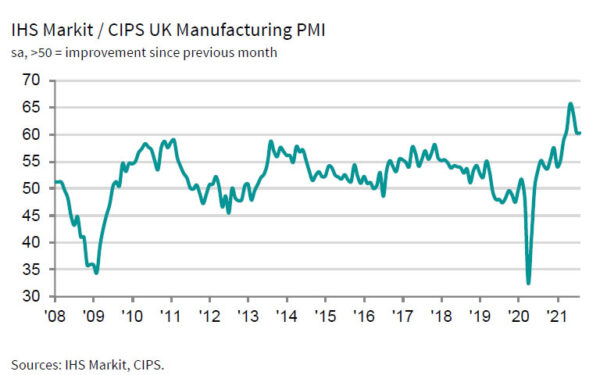

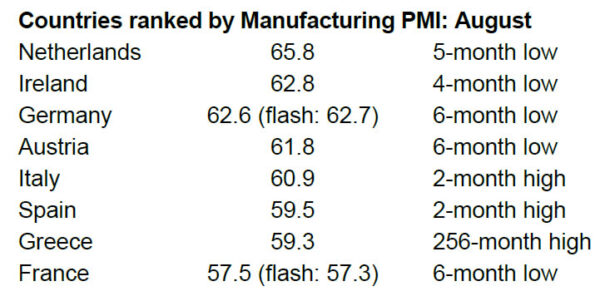
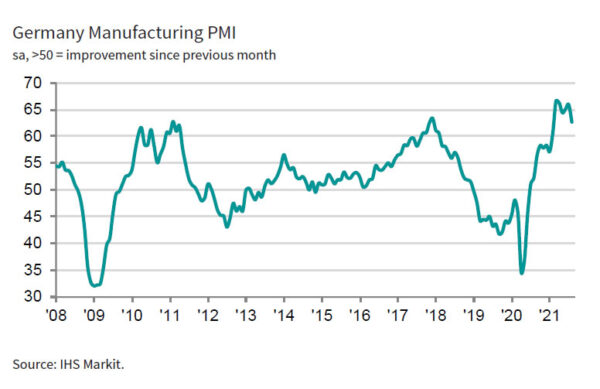
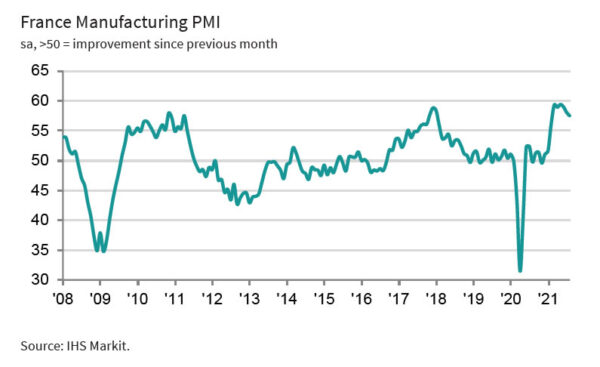

DOW could resume up trend on NFP miss
US non-farm payroll report is the major focus today, which could also set the tone for the markets for the rest of September. Markets are expecting 750k job growth in August, slowed from July’s 943k. Unemployment rate is expected to drop from 5.4% to 5.2%. Average hourly earnings are expected to have strong 0.4% mom increase.
Looking at related data, ADP private employment grew only 374k, well below expectation of 650k. ISM manufacturing dropped from 52.9 to 49.0, back in contraction. Four-week moving average of initial jobless claims, on the other hand, dropped notably from 394k to 355k. There is some prospect of a downside surprise today.
At the Jackson Hole speech, Fed Chair Jerome Powell indicated that it could be “appropriate to start” tapering this year, without indicating the timing. This is seen as the center of the FOMC’s opinion. Hawks would need a set of job data that could match August’s to push for a tapering decision this month. Anything that misses the mark would more likely push the decision to November at least.
As for market reaction, we’d pay attention to DOW, which is clearly lagging behind the record running S&P 500 and NASDAQ. Expectation of a later start of tapering could help push DOW through 35631.19 resistance. Larger up trend from 26143.77 should then resume for 38.2% projection level at 37159.81 in this case. If happens, that could set the stage for renewed selling in Dollar, Yen and Swiss Franc, with Kiwi and Aussie having a slight upper hand over others.